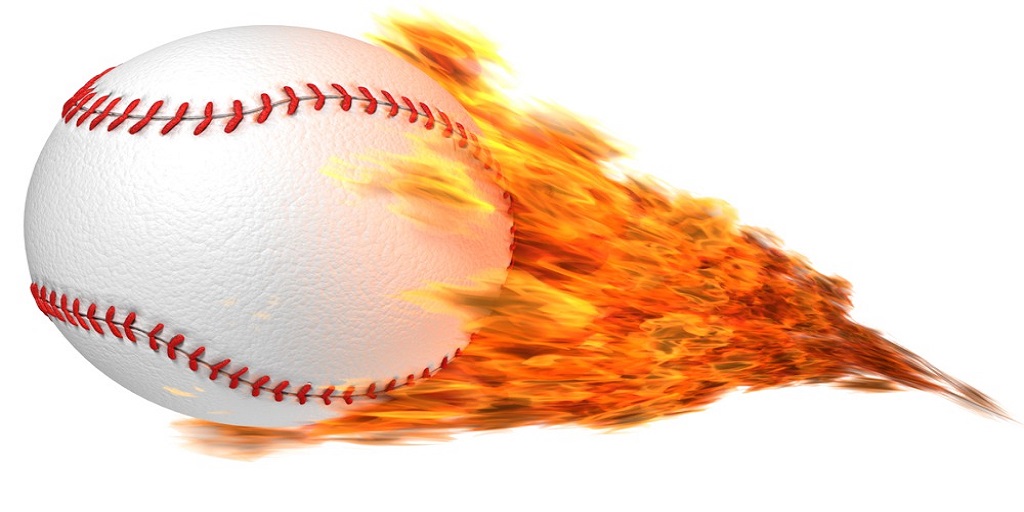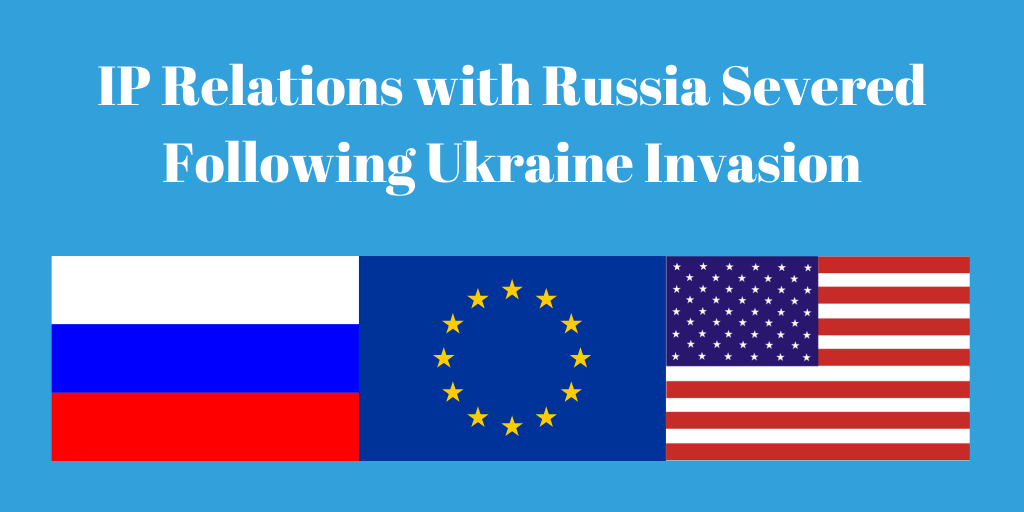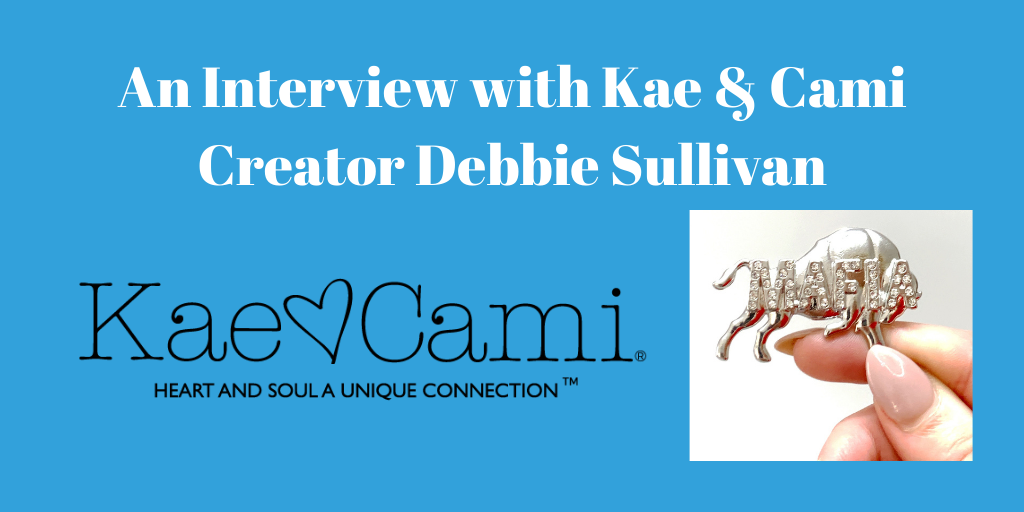Apple just can’t seem to catch a break. The company behind the iPhone and other popular tech products has been hit with another lawsuit. This time, the lawsuit centers around the highly anticipated Animoji feature on Apple’s newly released iPhone X.
The plaintiffs, Emonsters KK (“Emonsters”), is a Japanese Corporation that has alleged Apple is committing trademark infringement by using the mark “Animoji” in connection with their new interactive emoji feature. Emonsters state that they have been using the mark in connection with their own app, “AnimojiTM– Free animal texting” for several years. Moreover, the app was allegedly available for download from Apple’s App store since 2014.
What is the Animoji feature?
The new iPhone has facial recognition technology that allows the phone’s camera to recognize certain features of a person’s face, which it will then process and have an animal emoji imitate. Or simply put, the iPhone X’s camera allows you to send animal emojis or other customizable emojis that copy and imitate your facial expressions.
Emonster’s complaint.
In their complaint, Emonsters state that they registered “Animoji” with the United States Patent and Trademark Office (“USPTO”) on March 31, 2015, and therefore have Federal trademark protection over the mark. Moreover, the complaint alleges that since they have Federal trademark protection over the “Animoji” mark, Apple infringed on their trademark rights by using the mark “Animoji” with the new iPhone X feature.
Further, Emonsters allege that Apple willfully infringed since Emonster’s “AnimojiTM– Free animal texting” app could have been downloaded from Apple’s own App Store. Willful infringement is asserted since having an app on Apple’s App Store implies that Apple was aware that the mark was already being used, but still chose to use the “Animoji” mark regardless. To read more of the complaint, click here.
What is a trademark exactly?
A trademark is a word, mark, symbol, or some sort of indicia which indicates that a product or service comes from a specific source. In certain circumstances, colors and scents can be trademarked! However, there are limitations as to what can be trademarked. Generally, to qualify as a trademark, the word, mark, or symbol needs to be inherently distinctive.
To read more about inherently distinctive marks, click here.
Does that mean marks that are not inherently distinctive cannot be trademarked?
Not exactly. Descriptive marks (marks, words, or symbols describing some aspect of a service or product’s feature) can be trademarked if the mark acquires secondary meaning. Secondary meaning simply means that the consuming public begins to associate an aspect or feature of a product with the source or manufacturer. However, generic marks (marks that describe a class or category of products) generally cannot be trademarked, even if they acquire secondary meaning.
So what do Trademark rights give you?
If you have a trademark, you have the right to prevent others from using the same or similar mark in commerce. The extent of that right will depend on whether you have Federal trademark rights or just common law rights.
To read more about different trade mark rights, click here.
Trademark infringement
Trademark infringement may occur when a party violates another party’s exclusive right to use a mark by using the same mark or a similar one without permission or authorization. If the unauthorized use results in a likelihood of consumer confusion as to the source of the goods, then there may be infringement. A likelihood of confusion is generally determined by a set of factors. Different jurisdictions will generally use the same or similar factors. In the Second Circuit, the Polaroid factors are the most commonly used set of factors to determine whether there is a likelihood of confusion. These factors include:
(1) Strength of the trademark;
(2) Similarity of the marks;
(3) Proximity of the products and their competitiveness with one another;
(4) Evidence that the senior user may “bridge the gap” by developing a product for sale in the market of the alleged infringer’s product;
(5) Evidence of actual consumer confusion;
(6) Evidence that the imitative mark was adopted in bad faith;
(7) Respective quality of the products; and
(8) Sophistication of consumers in the relevant market.
Other lawsuits
Unfortunately for Apple, this is just one of the several lawsuit that they have to deal with. Apple is also involved in numerous a patent related lawsuits. Apple has also been recently involved in a patent infringement suit with Prowire, a Texas company. However, Prowire transferred the patent at issue to a Native American company, which raises some interesting legal questions.
To read more about this case, click here.
What do you think about all the lawsuits filed against Apple? Leave us a comment and tell us more!
Interested in more about Trademarks or Trademark registration? Here’s a video!
Get Started Today!
Does this article interest you? Subscribe to the LoTempio Law email newsletter to receive posts and updates just like this conveniently in your email box!
If you’ve enjoyed this blog post, we have lots more where this came from, including an Inventors Guide Video Series where we help you turn your good idea into a profitable invention, and tons of other great content. Simply enter your email address and hit sign up and you’ll get everything, including blog posts like these, conveniently in your email box!
Have any questions? Give us a call at 1-800-866-0039. Consultations are FREE.
Disclaimer: This article is not intended to be legal advice and is meant to be for educational or entertainment purposes only. The article or its content may not be used without permission. For legal advice and questions, please contact registered Patent Attorney Vincent LoTempio.








